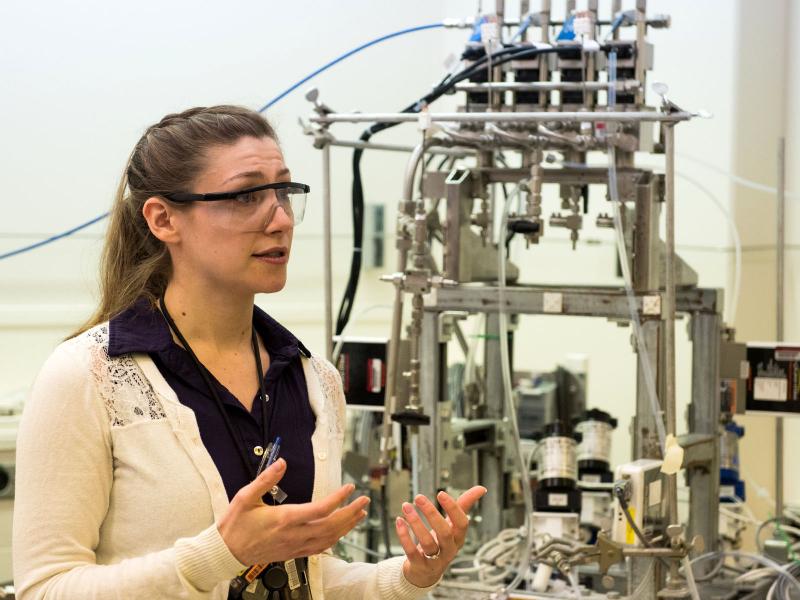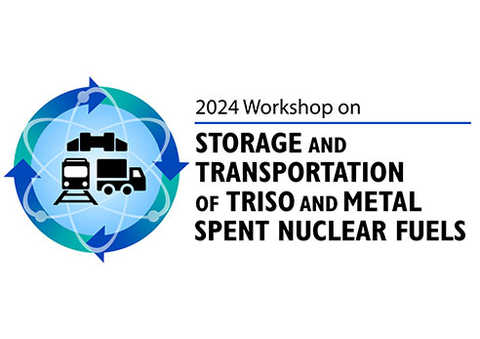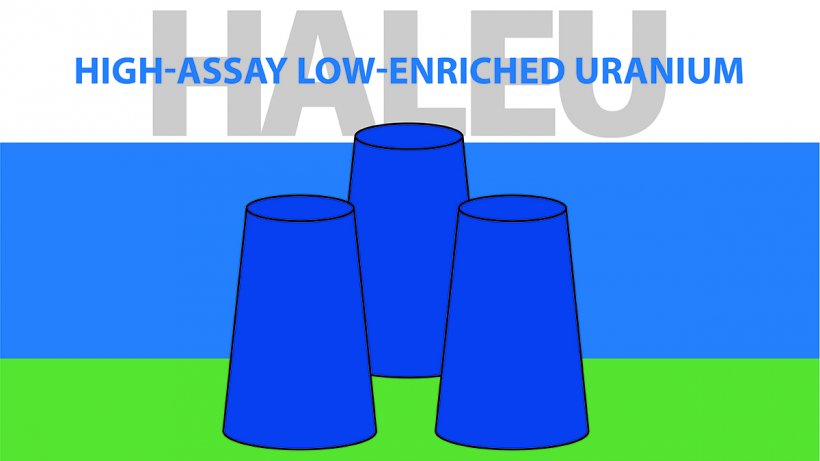Fission gas monitoring tool developed for molten salt reactors

Amanda Lines, a PNNL chemist, develops real-time monitoring tools to pave the way for faster advanced reactor testing and design. (Photo: Andrea Starr/Pacific Northwest National Laboratory)
Advanced reactor development and testing could benefit from a Pacific Northwest National Laboratory innovation that combines remote, real-time monitoring of gaseous fission by-products with a software package designed with plant operators in mind, according to an article published online earlier this month.
The basics: “Real-time monitoring is a valuable tool, particularly in the development of next-generation reactors,” said Amanda Lines, a PNNL chemist. “This can help designers more efficiently and effectively design and test flow loops, mechanisms, or processes. Also, when they ultimately deploy their reactor systems, this gives operators a tool to better understand and control those processes.”









